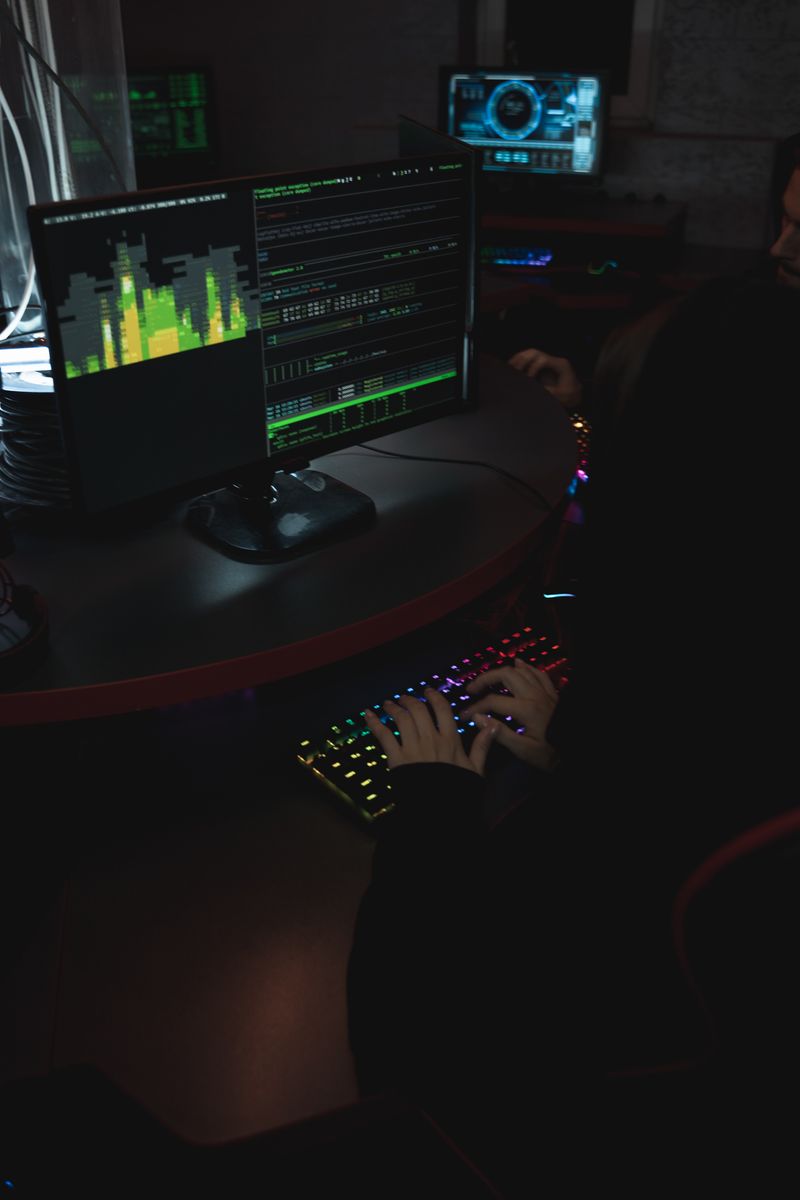Cybersecurity Challenges: Workforce Shortage, Compelling Storytelling, and Technology Changes
As the role of Chief Information Security Officers (CISOs) becomes increasingly crucial in both the public and private sectors, there are several key challenges that these cybersecurity leaders must tackle. First and foremost, the shortage of qualified and well-trained personnel has become the number one challenge facing CISOs. The demand for cybersecurity professionals far outweighs the available talent pool. To address this issue, embracing recent technology and finding innovative ways to bridge the capability gaps within an organization is essential.
The Need for Storytelling and Metrics
Another significant challenge faced by CISOs is the ability to tell a compelling story that supports the continuing funding of security tools. CISOs must effectively communicate the importance of their investments to the board or executives, highlighting the value these tools bring to the organization. Metrics are an integral part of this process, providing tangible evidence of the benefits gained from each tool and program. Sharing these metrics enables decision-makers to understand the impact of their investments in cybersecurity.
Adapting to the Rapidly Changing Technology Landscape
The rate of change in the current technology ecosystem poses another significant challenge for CISOs. While new technologies such as ChatGPT and AI offer tremendous potential to accelerate productivity for security analysts and other users, they also present risks. Adversaries now have access to similar tools and are learning how to exploit them for malicious purposes. However, when properly educated and accompanied by appropriate governance, the potential benefits of these tools outweigh their risks.
To counter these challenges, CISOs must embrace change and adapt to the evolving technology landscape. The resistance to anything that introduces risk into an organization is no longer a viable strategy. Those CISOs who have been resistant to change, often referred to as “Doctor N-O,” have lost credibility with executives and boards. The COVID-19 pandemic further accelerated the need for organizations to embrace change, and CISOs who championed adaptability were elevated within their organizations.
The Advantage of Embracing Change
We are now at an inflection point where organizations that embrace change will outpace those that don’t. Organizations that fail to adapt will become easy targets for attackers. It is imperative to adopt new tools and technologies while simultaneously guiding businesses across the evolving threat landscape. Leveraging AI and other tools alongside intelligence enables organizations to proactively and reactively defend themselves effectively. These tools serve as the “Iron Man” suit for defenders.
Addressing the Need for Continuous Learning and Development
Continuing education and development are critical for cybersecurity professionals. The rapid pace of technological advances means that the workforce must continually learn and adapt. While individuals tend to learn in a linear fashion, the rate of change in technology is exponential.
The Role of AI and Automation in Improving Security Operations
AI, combined with threat intelligence, can assist security teams in identifying critical threats and taking immediate action. The ability to sift through vast amounts of noise and quickly isolate the most serious threat is paramount. Threat intelligence, automation, and AI are core components in narrowing the time gap between detection and response. A modern Security Operations Center (SOC) requires increased automation of security tasks. This automation translates to fewer personnel required, greater value extracted from security tools, and ultimately reduced security spending.
Expectations for Security Vendors
In addition to the responsibilities of CISOs and their teams, security vendors also play a significant role in addressing cybersecurity challenges. Historically, organizations purchased software outright and owned it indefinitely. However, with the transition towards subscription-based software sales, security vendors must continuously innovate, demonstrate value, and differentiate themselves from competitors. They need to keep pace with the rapidly changing technology landscape and the strategies employed by cyber adversaries.
Conclusion: Creating a Robust and Resilient Cybersecurity Framework
As the role of CISOs becomes increasingly important, it is crucial to address the challenges faced by cybersecurity leaders. Embracing change, storytelling with metrics, adapting to technology advancements, continuous learning, and collaboration with security vendors are all vital components in creating a robust and resilient cybersecurity framework.
By proactively addressing these challenges, organizations can better defend against cyber threats, protect critical services, and ensure the safety and well-being of their constituents.

<< photo by NASA >>
The image is for illustrative purposes only and does not depict the actual situation.
You might want to read !
- New Malvertising Campaign: Trojanized IT Tools Found on Google and Bing Ads
- Safeguarding the Future: Protect AI Secures $35 Million to Defend Machine Learning and AI Assets
- The Ethical Dilemmas and Creative Possibilities of Generative AI
- Kyndryl’s SOC Expansion: Strengthening Managed Security Services
- Breaking Barriers: SEC Implements Stricter Cyber Attack Disclosure Rules
- Title: The SEC Urges Companies to Prioritize Corporate Cybersecurity Experts
- Ubuntu Cloud Workloads Face Critical Vulnerabilities: Assessing the Impact and Mitigation Measures
- “Coro Bolsters Cyber Defense: Acquiring Privatise, a Network Security Startup”
- Cyberattack Forces CardioComm to Disconnect Systems
- 11 Million People Impacted: Examining the MOVEit Hack at Government Services Firm Maximus
- Nominating Former NSA Analyst Harry Coker as National Cyber Director: Advancing U.S. Cybersecurity
- Harry Coker’s Nomination as National Cyber Director: A Step Towards Strengthening Cybersecurity
- Tapping Ex-NSA Official Harry Coker as National Cyber Director: A Bold Move for Strengthening Cybersecurity
- The Rise of the ‘AI-tocracy’: Exploring the Emergence of Artificial Intelligence in Governance
- The Evolving Landscape: Cybersecurity and Digital Transformation Insights from DOE CIO
- The Evolution of Risk Management: TARA and Plante Moran Join Forces
- The Rise of OneTrust: A $150 Million Investment at a $4.5 Billion Valuation
- Assessing Risks: Navigating Enterprise Decisions in Uncertain Times
- The AI Paradox: Balancing Innovation and Security in the Age of ChatGPT
- The Phenomenal Rise of OneTrust: Securing $150 Million in Funding at a Whopping $4.5 Billion Valuation




